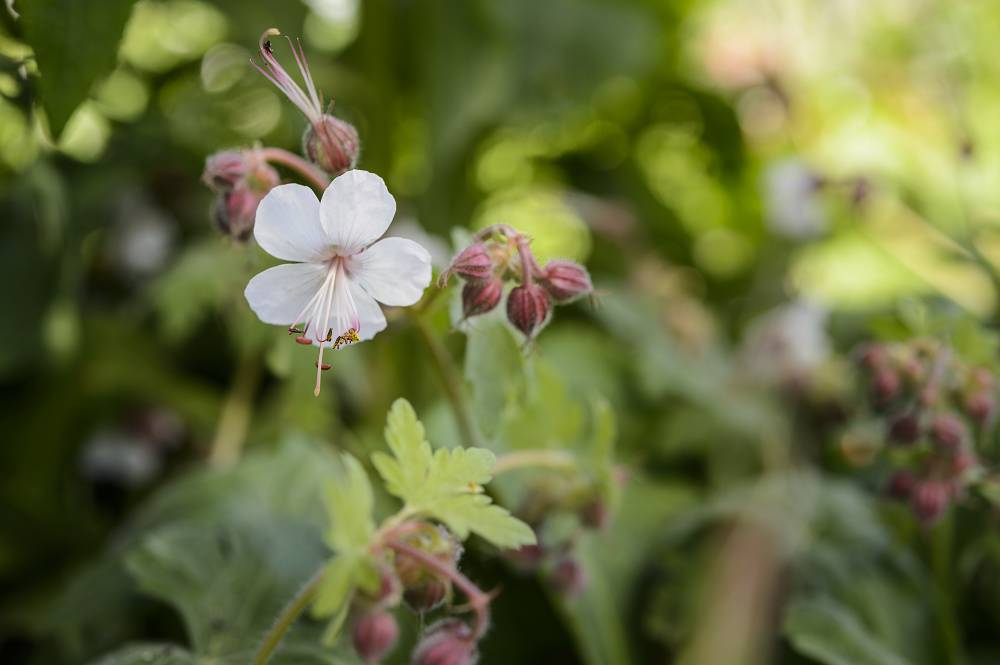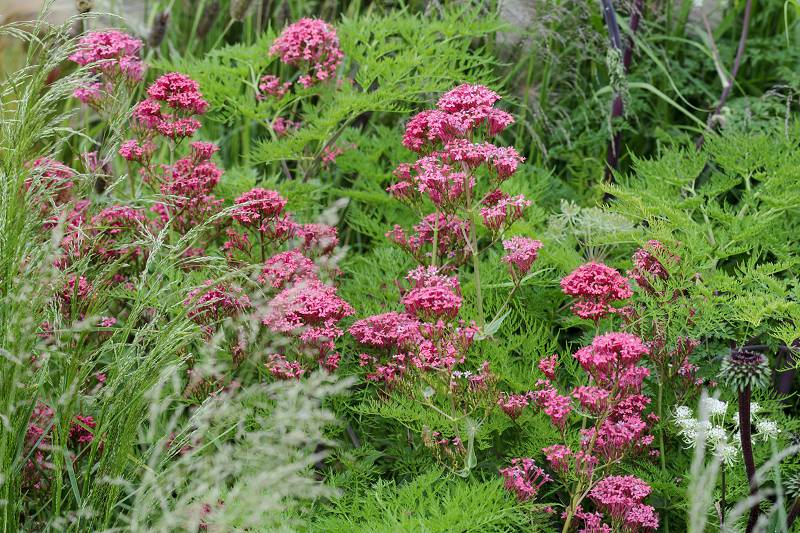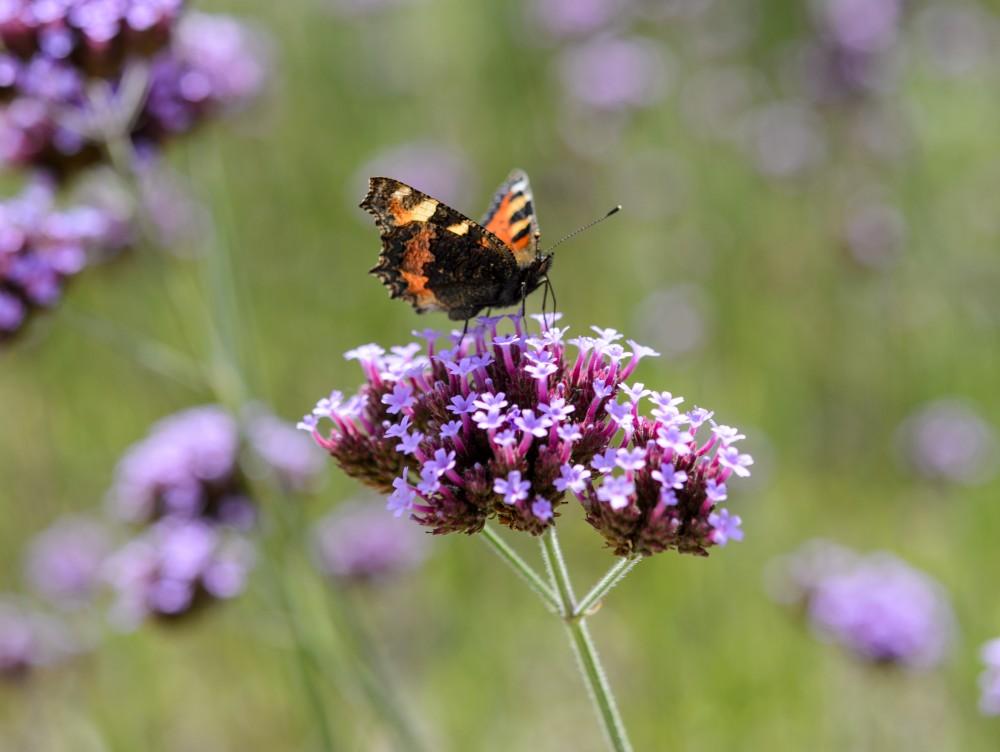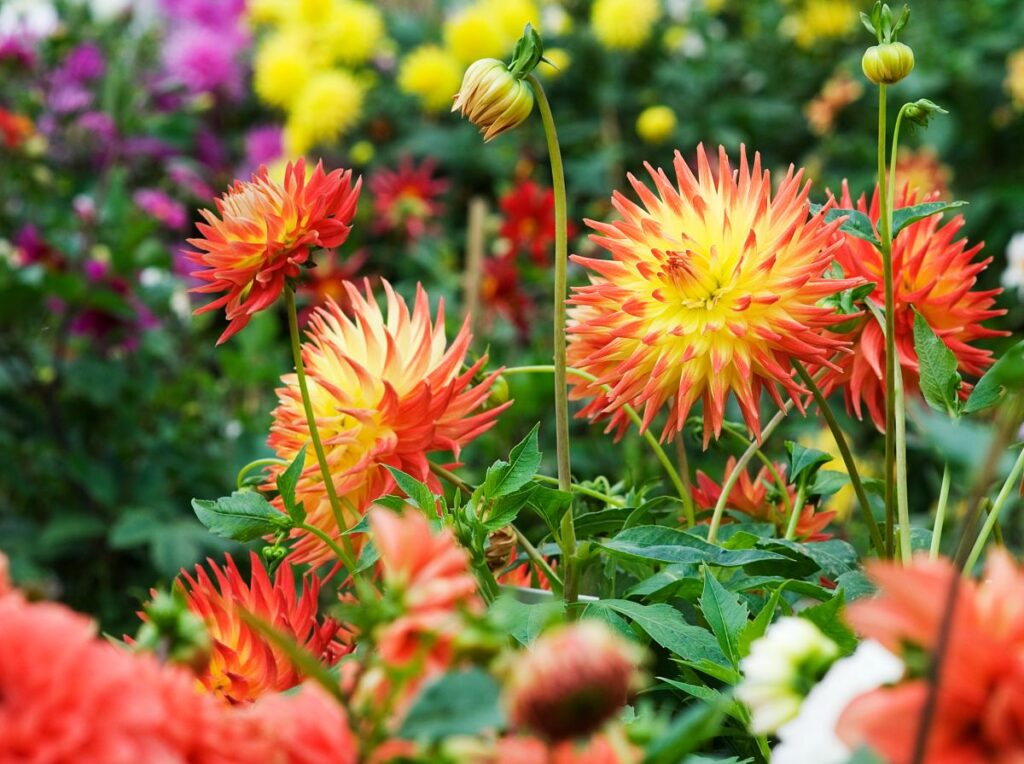On vacation? These 12 garden plants can survive two weeks without water

While you are enjoying your well-deserved holiday far away from home, the sun continues to beat down mercilessly at home. Not watering for two weeks… that sounds like a death sentence for many garden plants. Especially if you are away during a warm, dry period. However, that does not have to be a disaster. There are plenty of strong plants that can handle this effortlessly and do just fine – even if there is no rain for two weeks.
Read more below the advertisement
Garden plants that can survive without water for a long time have clever survival strategies. They often have certain characteristics that indicate that they can take a beating. Think of thick leaves to store water, deep rooting systems, or minimal evaporation via hairy or grey-green leaves. They often naturally come from areas with dry summers (such as Mediterranean plants) - or they are simply extremely strong and adapted to our changing climate.
Please note: This only applies to plants in the open ground. Plants in pots cannot go deeper into the ground to find water themselves, so you really need to water them regularly.
With these survivors you don't need an irrigation system or a plant sitter and you can leave for your holiday destination with peace of mind.

This rock-solid native plant feels right at home in sunny, dry places. The finely divided leaves and flat flower heads attract bees and butterflies. Yarrow blooms for a long time and sometimes self-seeds, so that you have even more beautiful (pick) flowers next year. Achillea millefolium even grows in poor soil and tolerates drought like no other – perfect for a low-maintenance garden (and carefree holidays).

One of the strongest ground covers you can plant is Geranium macrorrhizum. This stork's bill quickly forms a dense carpet of fresh green leaves and cheerful flowers. It stays green for a long time, survives dry periods effortlessly and keeps weeds at bay. It even does well in difficult places - even in partial shade. Has the plant wilted after two weeks without water? Don't worry, because after a sip of water it will simply bounce back.


This robust, native plant with delicate flowers and a Mediterranean scent is not only edible, but also irresistible to bees and butterflies. Wild marjoram loves the sun, can cope well with poor soil and survives long periods of drought without complaining. An ideal plant for natural, insect-friendly borders that requires little care.

Sedum , also known as stonecrop , is (like other succulents) a champion in storing water. Thanks to its thick leaves, it can easily survive dry summers. It is not without reason that this plant family is also often used as a covering for green roofs – where it is often hot and dry. A favourite stonecrop in borders is pink orchard ( Sedum spectabile or Hylotelephium spectabile ). It blooms later in the season with beautiful flower heads that attract masses of butterflies. All Sedum species also do well in pots. Give them a sunny spot and you will hardly have to worry about them.

Red Spurweed is a hardy plant that self-seeds profusely , making it an excellent candidate for a cottage garden. Centranthus ruber blooms profusely in pink or white, even against the driest walls and slopes. It grows where other plants fail. No problem if you are away for two weeks – this survivor thrives in drought. It is also a favourite of the hummingbird moth and it is a wonderful sight to see this hovering butterfly in action on your red spurweeds.


Verbena bonariensis lives up to its name: it is airy, graceful and very strong. The long, slender stems bear purple flowers that continue to bloom until well into autumn. Despite its delicate appearance, it is a plant with a backbone: drought, heat or poor soil do not bother it. It also attracts many bees and butterflies.

With its spiky, blue flower heads, the globe thistle (like the beautiful Echinops ritro 'Veitch's Blue' ) is a striking appearance in the summer garden. This perennial loves sun and poor soil, and it is resistant to both drought and wind. The sturdy stems remain upright, even during a heat wave. Bees and bumblebees love it. And: the decorative seed heads are also beautiful in winter.

This nonchalant grower with a lavender-like appearance blooms for weeks and tolerates sun and drought without any problems. The gray-green leaves of catnip ( Nepeta faassenii ) are slightly hairy and have a subtle scent. Cats are often fond of it too – hence the name. Various types of catnip combine beautifully with roses orornamental grasses and it remains attractive for a long time, even if it has not been watered for a long time.

This plant is still relatively unknown to many people, but it is a great alternative to summer asters, because it is actually never bothered by mildew . Kalimeris incisa blooms for months with soft blue daisy-like flowers and tolerates sun, wind and drought remarkably well. It does not quickly become untidy and requires little maintenance. Ideal for those who go on holiday, but still like to come home to a sea of flowers.

Not all ferns are thirsty divas. Species such as the tongue fern ( Asplenium scolopendrium ) or soft needle fern ( Polystichum setiferum ) do well in a shady, dry spot , especially once they are established. They provide structure and peace, and are still green after two weeks of vacation even without a rain shower.

This is one of the classics among garden plants that can do without water. Lavender is not only fragrant and decorative, but also rock hard. It feels at its best in full sun on poor soil. Prune lavender after flowering to keep it compact and to prevent it from becoming too woody. Otherwise, let it do its thing.

This Mediterranean shrub likes to be in the sun and requires dry feet (especially in winter!). Once established, rosemary requires little care, which makes it ideal for the holiday months. You can cook with it, the smell when you run your hand through it is irresistible and it stays beautiful for a long time. In a pot or in the ground: rosemary does just fine.

Not all garden plants are holiday-proof. Think of:







